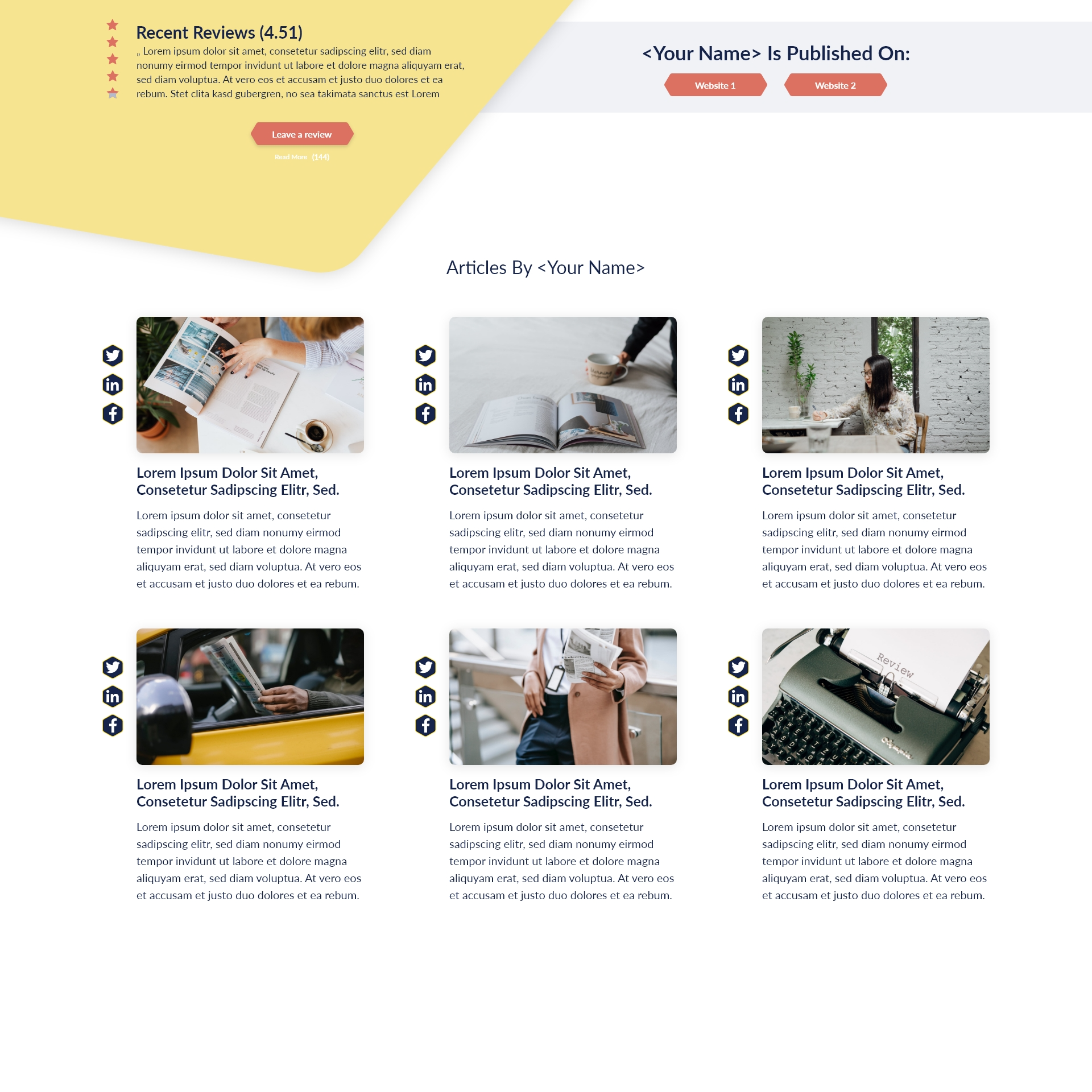Key Takeaways:
- Genuine workplace inclusion is built through intentional actions and ongoing leadership commitment.
- Employee resource groups, inclusive leadership, and allyship promote high productivity and innovation.
- Unconscious bias training, gender equity initiatives, and BIPOC/LGBTQ+ support programs strengthen diverse leadership pipelines.
- Measuring the ROI of diversity initiatives links inclusion to improved organizational performance.
- Sustained efforts including feedback, trust, and motivation are critical for lasting inclusion and success.
A Welcoming, Diverse Workplace: The Foundation of Productivity
Creating a welcoming and inclusive work environment is more than a compliance measure—it’s a strategic advantage essential for modern organizations. When done with intention, action, and sustained commitment, the impact reverberates throughout teams at every level. Diversity and workplace inclusion transform cultural buzzwords into real drivers for team engagement, innovative thinking, and surging employee productivity.
Understanding Diversity and Workplace Inclusion: Key Concepts and Benefits
What is Workplace Inclusion, and Why is it Crucial for Organizational Success?
Workplace inclusion means creating an environment where every employee feels valued, respected, and able to participate fully. Inclusion entails not only accepting differences, such as race, gender, age, and background, but actively leveraging those differences in service of collective goals. When employees feel included, they demonstrate greater engagement, collaboration, and creativity—cornerstones of organizational agility and competitive edge.
How Do Employee Resource Group Benefits Extend Beyond Community-Building?
Employee resource groups (ERGs) provide teams with a valuable space for connection, mentorship, and support. But the influence of these groups extends far beyond social networking. ERGs participate in decision-making, give management valuable insights into the workforce experience, and help organizations identify and resolve inclusion gaps. This shared advocacy improves communication, trust, and feedback loops, directly impacting motivation and productivity.
The Link Between Diversity and Higher Productivity
Organizations that prioritize diversity consistently outperform those that do not. When teams comprise individuals from varied backgrounds, they draw upon a wider range of perspectives and problem-solving styles. Diverse teams are proved to make faster decisions, avoid groupthink, and innovate at higher rates—all of which drive productivity upwards.
Cultivating Inclusive Leadership: Best Practices and Essential Skills
Inclusive Leadership Best Practices for Modern Managers
Modern leaders are called to model inclusive behaviors and practices. Essential steps include soliciting input from all team members, valuing different viewpoints, and ensuring that recognition is distributed equitably. Successful managers understand that trust and motivation are built on a foundation of credibility, fairness, and transparent feedback.
Fostering Cultural Competence in Leadership Roles
Cultural competence is the ability to interact effectively with people from diverse cultures and backgrounds. For leaders, developing this skill means actively seeking to understand cultural norms and values, asking questions without assumption, and fostering a climate where everyone feels both belonging and psychological safety.
Why Unconscious Bias Training for Managers Matters
No one is immune from unconscious bias, but consistent training helps managers recognize and mitigate these biases. Awareness alone is not enough—training must be combined with ongoing feedback and accountability mechanisms. When leaders deliberately challenge their own assumptions, the workplace becomes a fairer, more inclusive space, and team performance flourishes.
Actionable Steps for Promoting Allyship and Belonging Within Teams
Promoting Allyship in Teams: Examples and Strategies
Being an ally involves supporting colleagues from marginalized groups, amplifying their voices, and standing up to exclusionary practices. This could look like nominating a quieter team member for a leadership opportunity or advocating for policy changes that address systemic inequities. When leaders and peers act as allies, trust deepens and everyone is more motivated to contribute.
Creating Psychological Safety in Diverse Teams
A psychologically safe environment is one where employees feel comfortable sharing ideas, taking risks, and even making mistakes without fear of retaliation. To develop psychological safety, leaders should actively encourage honest feedback, model vulnerability, and intervene promptly when exclusionary behaviors occur. This sense of safety is critical for team innovation and productivity gains.
Addressing Microaggressions at Work: Effective Interventions
Microaggressions, though often subtle, can erode trust and team cohesion. Addressing microaggressions starts with clear organizational policies, but it also depends on leaders modeling zero-tolerance for such behaviors. Offering regular training, opening channels for confidential feedback, and intervening in real time enables teams to maintain an inclusive, respectful culture.
Building Diverse Leadership Pipelines and Advancing Gender Equity
Building Diverse Leadership Pipelines: Roadblocks and Solutions
Unconscious barriers—such as narrow definitions of leadership potential or informal networks that exclude—often impede diverse talent advancement. Counter these challenges by evaluating promotion criteria regularly, offering sponsorship and mentorship programs, and setting targets to develop underrepresented employees into leadership roles.
Strategies for Gender Equity at Work: From Recruitment to Promotion
Achieving gender equity requires clear hiring and promotion practices, ongoing salary reviews to close wage gaps, and family-friendly policies that support all employees’ career growth. Transparent metrics and public accountability can help ensure that progress toward gender equity is consistent and substantial.
Supporting BIPOC Representation in Leadership Roles
Supporting Black, Indigenous, and People of Color (BIPOC) involves targeted outreach, mentorship, and leadership development opportunities. Recognizing and dismantling structural barriers—from limited access to networks to objective performance review biases—enables BIPOC employees to access and thrive in top roles, enriching organizational leadership overall.
LGBTQ+ and Disability Inclusion: Policies and Practices That Make a Difference
LGBTQ+ Inclusion in the Workplace: Policy Essentials
Effective LGBTQ+ inclusion policies protect employees from discrimination, provide equitable benefits for same-sex partners, and support the use of chosen names and pronouns. Education and visible support from leadership signal that LGBTQ+ team members are truly welcome.
Supporting Disability Inclusion in Offices: Creating Accessible Environments
To be fully inclusive, organizations must actively design environments that are accessible to employees of all physical and neurological abilities. Offering assistive technologies, designing flexible work arrangements, and proactively soliciting feedback from employees with disabilities are critical steps in this ongoing process.
Designing Mentorship Programs for Underrepresented Groups
Mentorship and sponsorship programs help level the playing field by providing underrepresented employees with guidance, advocacy, and exposure to key decision-makers. Structured mentoring relationships can foster trust, feedback, and motivation among future leaders.
Measuring and Maximizing the ROI of Workplace Diversity Initiatives
How to Measure Diversity ROI in Organizations
Tracking the return on investment for diversity and inclusion initiatives involves both qualitative and quantitative measures. Key metrics include employee engagement scores, retention and promotion rates among diverse populations, and innovation output. Regular assessment ensures strategies remain impactful and responsive to changing team needs.
Inclusive Decision-Making Models: Linking Inclusion to Business Outcomes
Organizations that employ inclusive decision-making harness the full range of employee insights, leading to better business outcomes. By involving diverse voices, decisions are more creative, risks are more fully assessed, and solutions tend to be more successful—directly linking inclusion with measurable gains in employee productivity.
Take Action Toward Genuine Inclusion
Workplace inclusion does not happen by accident. It arises from daily choices, honest evaluation, and a shared vision for what teams can achieve together. Commit to fostering trust, welcoming feedback, and motivating every team member toward collective success—because workplaces that prioritize these values are always the most productive.








